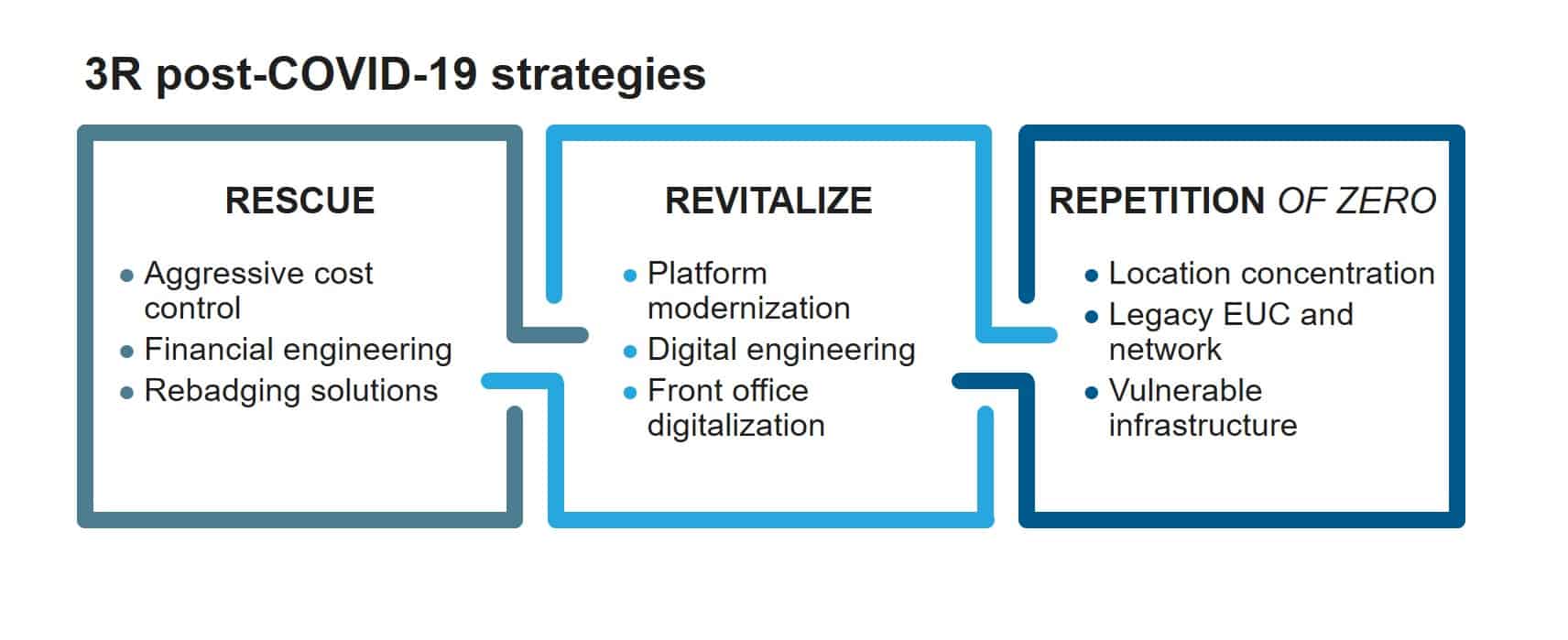Blog
Drifting the Curve: Three Opportunities for Service Providers in a Post-COVID-19 IT Services Industry | Blog

This is one in a series of blogs that explores a range of topics related to COVID-19 and will naturally evolve as events unfold and facts reveal themselves. The blogs are in no way intended to provide scientific or health expertise, but rather focus on the implications and options for service delivery organizations.These insights are based on our ongoing interactions with organizations operating in impacted areas, our expertise in global service delivery, and our previous experience with clients facing challenges from the SARS, MERS, and Zika viruses, as well as other unique risk situations.
At the outset, let me be clear. The COVID-19 pandemic is a human tragedy of unprecedented proportions. It has real human impact in terms of loss of life and livelihood. It is also about tremendous bravery, and countless inspirational stories from around the world. I am sure all of us are doing our bit to help those impacted as are the brave men and women fighting the battle from the trenches.
However, this post is not about that. Instead, I wanted to write about how IT services will change once we emerge into the light at the end of the tunnel. As Helen Keller said, “Nothing can be done without hope and optimism”; we must believe that this too shall pass. Frankly, we will have bigger problems than the health of our P&L if it doesn’t.
I believe that, while the world will no doubt face economic challenges, the post-COVID-19 world will also offer three sets of interesting opportunities for IT service providers.
Opportunity #1: Rescue
Enterprises that have borne the frontal assault of the pandemic will need significant help to recover. They will look for an infusion of cash and engage in deep cost-cutting. Further, as governments across the world ease liquidity and lower the cost of capital, enterprises will seek financial engineering solutions from their IT and BPO providers.
Key opportunities will include asset-leveraged IT infrastructure deals, rebadging of existing workforces, and post-M&A integration support in industry consolidation scenarios. We expect these opportunities to come up in the travel, transport, and hospitality industries.
Opportunity #2: Revitalize
The disruptive phenomenon of COVID-19 will underscore the need to move to alternate, digital-friendly business models for many industries. Sophisticated enterprises will want to accelerate their digital transformation initiatives for a variety of reasons – to recover lost time, to lower the cost of customer service, and to derisk their traditional business models. Digital disruptors will sense weakness in their competitors and will seek to accelerate their expansion plans.
We anticipate key opportunities in the shape of IT platform modernization, digital product engineering, and digitalization of front-office functions in industries like financial services, retail, and consumer goods. These were initiatives that most enterprises were already seeking to scale. As they go after them with renewed vigor, service providers must find ways to construct self-funding, agile journeys instead of big bang transformation. There will be little appetite for the latter.
Opportunity #3: Repetition of zero
COVID-19 has fundamentally altered risk perception in the global services industry. Delivery models will need to be re-evaluated for their resilience to risks that were hitherto relegated to the “it can’t happen to us” category. Cost-conscious enterprises that stayed clear of initiatives like BYOD, VDI, and cloud-based collaboration systems now have a clear business case, albeit one they didn’t want or foresee. Key opportunities: Enterprises will need to modernize and secure their networks to enable remote working at scale, modernize and automate their datacenters, move to the cloud, and establish multiple levels of disaster recovery sites. There might even be opportunities to set up enterprise-class home offices for mission-critical workers analogous to how remote and branch office infrastructure has been managed. Global delivery frameworks will be scrutinized for location concentration risks, and secure ODCs will need new operating procedures. We expect almost every enterprise to be dealing with their own version of derisking.

What should service providers do?
- Lead with empathy: This is a moment of truth, and an epochal one at that. Understand that customers are as stressed as you are and need all the help and support that they can get. They also understand that the world is grossly imperfect right now and will forgive the odd niggle. But they won’t forgive bureaucracy, tedious change control procedures, and a lack of flexibility. When the sun shines again, they will also distinguish between those who went beyond the call of duty and those who didn’t answer their call fast enough
- Own the change: Every enterprise customer is going to need their own version of the three Rs. Walk in with a clear, customer-specific, tailored plan. There will be a lot of confusion, and the most pragmatic and comprehensive plan will win. This is not a time for handwaving
- Drift the curve: When race car drivers approach a bend on the track, unlike ordinary mortals who slow down, they accelerate. This is known as “drifting the curve.” Service providers that continue to make wise investments through the inevitable demand deceleration will emerge stronger and better positioned to serve the core demand themes of digitalization and IT modernization. Knee jerk cost control reactions are a trap. They will only stifle innovation and push service providers further down the pecking order. Above all, service providers need level-headed leadership – it would be an immature board that judges the executive team on a post-COVID-19 downturn. Keep in mind: it’s not about the fall, it’s how you bounce back.
How are you preparing for a post-COVID-19 world? Let me know at [email protected]
Visit our COVID-19 resource center to access all our COVD-19 related insights.